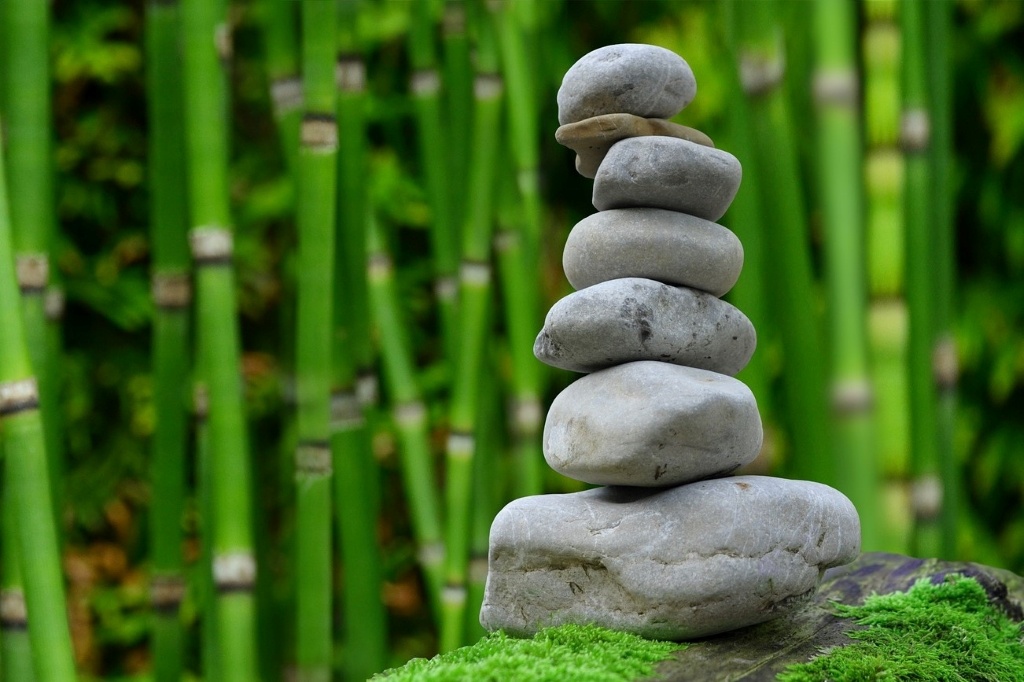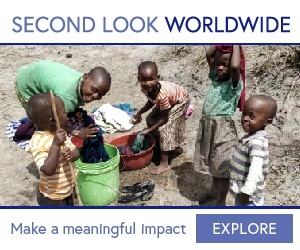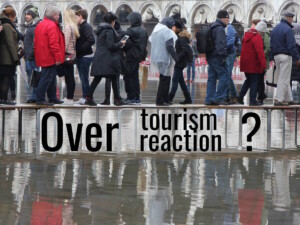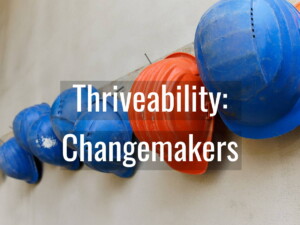Tourism infrastructure, well-being, & how to ‘build back better’ for all

To “build back better” for real rather than for rhetoric, the travel & tourism industry cannot ignore the built environment and its significant influence on sustainability and well-being. In this “Good Tourism” Insight, Tanner C Knorr of “GT” partners Off Season Adventures and Second Look Worldwide explores why it’s important to get land use policy and infrastructure investments right.
The pledge to build back better from the pandemic is now a common theme within public- and private-sector organisations of the travel & tourism industry. Numerous webinars, lectures, and reports produce or discuss different strategies to transform travel & tourism into an industry that is both more resilient and more sustainable than before.
Many of these initiatives are focused on the economic prong of sustainability. On the surface, this is understandable, as job creation, marketing, and tourism arrivals are seen as primary ways to recover from the downturn.
Some programs go further and point out that the lull in travel is a good time to think about the infrastructure that supports and facilitates tourism. When discussing improvements in terms of sustainable infrastructure, the goal is to create jobs by building roads, public services, improving utilities, etc., while also supporting environmental benchmarks, all of which will ideally have positive implications for people.
Tourists share much of the same built environment as locals; not only the aforementioned basic infrastructure, but also parks and recreational facilities. While a lack of travel has temporarily disrupted demand, infrastructure improvements should benefit both travellers and locals alike. Without appropriate management and investment in these resources, we run the risk of our destinations deteriorating for not only tourists, but also residents. If we are going to build back better, everyone who interacts with the destinations should be considered.
This is indeed a good time to set ourselves up for a more sustainable future, but it may be time for tourism policy-makers and managers to adjust their motivations. People within and outside of the tourism industry are still in lockdowns. While we see improvements and are encouraged by recent news, the ramifications of the pandemic will undoubtedly be long-term. Decisions of how to build back better must put people at the forefront rather than economic indicators.
What is ‘better’? Who decides?
We must think more broadly about how we can use this time to understand the meaning of “better” within building back better. Who decides what is better? And for whom or for what is it better? And, how can we ensure that destinations around the world are investing in the “best” infrastructure projects?
The question of “what is better” can be answered by examining public health and its connection to tourism, quality of life, and well-being. Health goes beyond the currently-emphasised physical wellness or sickness, but extends to mental and, for some, spiritual health. Favourable tourism infrastructure, such as parks and recreational facilities, have been shown in multiple studies to induce positive mental and spiritual health outcomes, thereby positively impacting individuals’ perceptions of quality of life and well-being. Thus, by allowing these concepts of quality of life and well-being to guide investments in tourism infrastructure, the holistic health of residents and tourists will benefit. Sustainable tourism development, and the associated infrastructure, can therefore benefit public health now and in the future.
Tying together tourism and health is not new, but perhaps B. MacKenzie summed it up best in the 2004 piece “Ecotourism: it’s good for your health”. MacKenzie suggests that by building healthy public policy, creating supportive environments, strengthening community action, developing personal skills, and reorienting health services, “ecotourism has the potential to improve the levels of well-being within local communities”.
But how can we tactically use the concepts of well-being and quality of life as motivators to create more resilient and sustainable communities and destinations?
Paul Rogers from Planet Happiness composed an excellent “Good Tourism” Insight for The “Good Tourism” Blog in December 2020. In the piece, he asks the question: “Why build well-being into destination resilience and tourism recovery?”. There can be a shift from top-down to bottom-up policy creation, Rogers argues, and the Happiness Index survey can “provide traction for grass-roots understanding of, and engagement with, the tourism and destination well-being agenda”.
The feeling of happiness is one indicator of well-being. Other researchers use concepts of integrity, authenticity, eudaimonia, vitality, flourishing, and empowerment to observe the subjective measurement of well-being.
In the recent publication “Designing for quality of life and sustainability”, authors Vogt, Andereck, and Pham, develop their argument from Carmona’s 2019 Place Value Framework. They note that the policy arenas of health, society, economy, and environment are “mediated by the built environment”. They argue that investing in a built environment that works for everyone, using appropriate strategies for sustainability, leads to healthier, socially-richer, economically-stronger, and environmentally-supportive communities.
Great places to live are great places to visit
Creating and focusing on resources that are favourable to both tourists and locals, such as parks, community amenities, multimodal transportation, and overall safety and security, increases the quality of life for both and promotes sustainability through the environment, the economy, public health, and well-being.
We must concentrate our efforts on quality of life and well-being when considering sustainable infrastructure if we are to build back better. Motivations of solely economic outcomes do not explicitly lead to better outcomes for people within a destination. Tourism policy-makers and managers must ensure that infrastructure improvement decisions are based around the holistic health needs of both residents and tourists, not exclusively on marketing KPIs such as tourist arrivals.
The pandemic has changed the way we consider the value and significance of the tourism industry. We now see and understand what a lack of tourism can do to many destinations around the world. By honing in on the concepts of quality of life and well-being while we build back better, we will be able to increase the resilience and sustainability of our communities, destinations, environment, economy, and make people happier and healthier in the process.
What do you think? Share a short anecdote or comment below. Or write a deeper “GT” Insight. The “Good Tourism” Blog welcomes diversity of opinion and perspective about travel & tourism because travel & tourism is everyone’s business.
Featured image (top of post): A construction. By EliasSch (CC0) via Pixabay.
About the author

Tanner C Knorr is owner & founder of the sustainable tour operator and “GT” Partner Off Season Adventures and president of “GT” Insight Partner Second Look Worldwide, a 501(c)(3) not-for-profit organisation that ensures the benefits of tourism are realised in local communities by sponsoring infrastructure improvements. Off Season Adventures keeps more than 90% of the tour costs within host economies and contributes significantly to conservation within destinations. Extensive stakeholder meetings and international partnerships go into his work with both organisations.
With a Bachelors in Archaeology and a Masters in Administrative Studies (Economic Development & Tourism Management) from Boston University, Tanner has assisted in teaching tourism-related subjects at Harvard Extension School and Arizona State University. He is now a PhD Student at Arizona State University (Community Resources & Development, concentrating in Sustainable Tourism).






